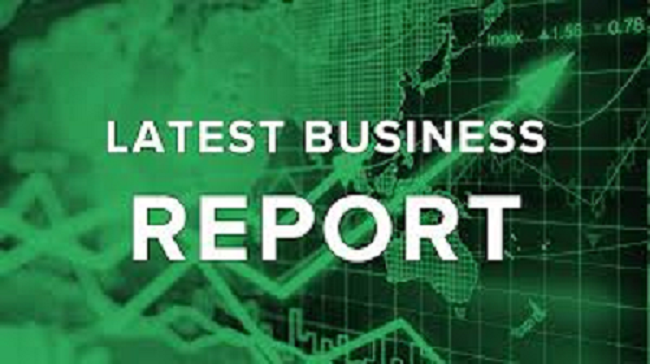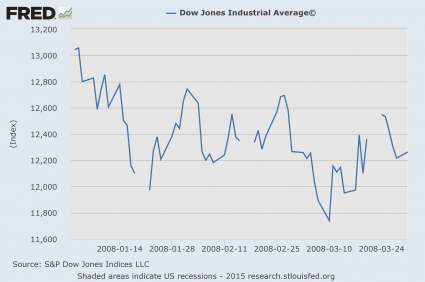The financial markets don't just dominate the economy--they now control everything. In 1999, the BBC broadcast a 4-part documentary by Adam Curtis, The Mayfair Set ( Episode 1: "Who Pays Wins" 58 minutes), that explored the way financial markets have come to dominate not just the economy but the political process and society.
In effect, politicians now look to the markets for policy guidance, and any market turbulence now causes governments to quickly amend their policies to "rescue" the all-important markets from instability.
This is a global trend that has gathered momentum since the program was broadcast in 1999, as The Global Financial Meltdown of 2008-09 greatly reinforced the dominance of markets.
It's not just banks that have become too big to fail; the markets themselves are now too influential and big to fail.
Curtis focuses considerable attention on the way in which seemingly "good" financial entities such as pension funds actively enabled the "bad" corporate raiders of the 1980s by purchasing the high-yield junk bonds the raiders used to finance their asset-stripping ventures.
This increasing dependence of "good" entities on players making risky bets and manipulating markets has created perverse incentives to keep the financial bubble-blowing going with government backstops and changing the rules to mask systemic leverage and risk.
The government must prop up markets, not just to insure the cash keeps flowing into political campaign coffers, but to save pension funds and the "wealth effect" that is now the sole driver of "growth" (expanding consumption) other than debt.
To maintain the illusion of growth and rising wealth, the financial markets must continually reach greater extremes: extremes of debt, leverage, obscurity and valuations. These extremes destabilize markets, first beneath the surface and then all too visibly.


